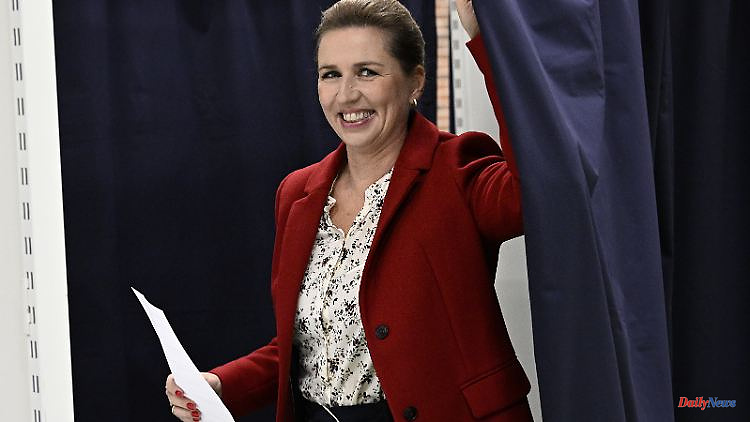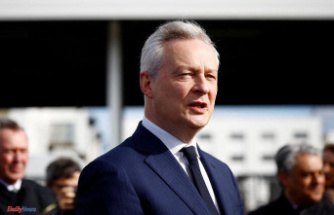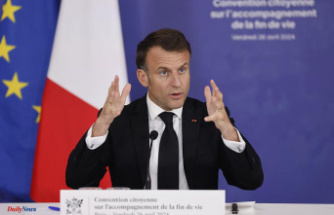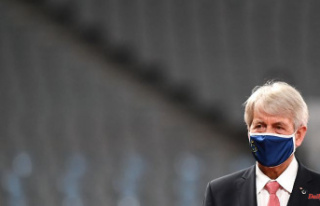Denmark was recently led by a minority government. After the current parliamentary elections, even such a constellation could become difficult. The left and conservative blocs will miss a majority.
The Danes will elect a new parliament early this Tuesday. Prime Minister Mette Frederiksen has to worry about her re-election. She scheduled the election after being criticized for a scandal. The Social Democrats she leads are opposed by an alliance of right-wing and ultra-right-wing parties. Polls predict a neck-and-neck race.
Frederiksen's "red block" can therefore count on around 49 percent of the votes and could thus claim 85 seats for itself, the "blue block" made up of liberals, conservatives and three right-wing populist parties is around 41 percent and 72 seats. Both blocs would thus miss the majority of 90 seats in the 179-seat parliament needed to form a government.
The political landscape in Denmark is currently more fragmented than ever. According to polls, 14 parties could enter parliament. Lars Løkke Rasmussen's new moderate party could cause a surprise - polls see the former liberal prime minister with around ten percent of the votes, which corresponds to around 18 seats. The veteran politician has so far left open his possible support for one of the blocs. That could give Løkke the key role of kingmaker. Three right-wing populist anti-immigration parties could also increase in the election - polls see them together with 15 percent of the vote.
The right-wing populist Danish People's Party, which is deep in crisis, could no longer be there: in 2015 it gained a whopping 21.1 percent, then plummeted to 8.7 percent in 2019 - and could now possibly even pass the low two percent hurdle Fail to get into Parliament. On the one hand, this is due to internal party disputes, but on the other hand, the fact that the issue of immigration hardly played a role in the election campaign. Two former top politicians left Venstre, which was also in crisis, in 2021 to found their own parties.
Frederiksen, who has been the head of a social democratic minority government since June 2019, is considered popular. According to a recent poll, 49.4 percent of voters are in favor of a second term for the prime minister. Like other European heads of government, she is currently fighting above all against high inflation.
Her overall management of the country during the corona pandemic was praised, but the 44-year-old prime minister has been following the "mink scandal" for a long time: In the course of the corona pandemic, the Danish government ordered the killing of all around 15 million farmed mink in the country in November 2020 . This was to prevent the spread of a mutated and human-transmissible form of Sars-CoV-2, which was feared could affect the effectiveness of future vaccines.
As it turned out later, there was no legal basis for the measure, it was only created afterwards. As a result, both left and right parties called for new elections. Actually, the next parliamentary election should not have taken place until June 2023.












